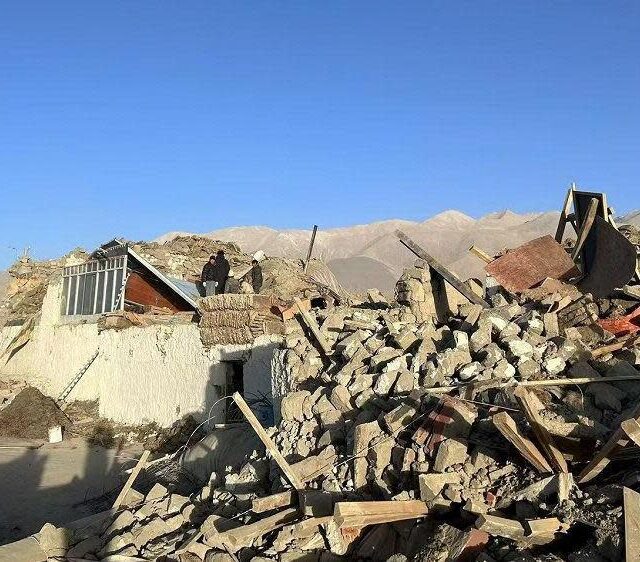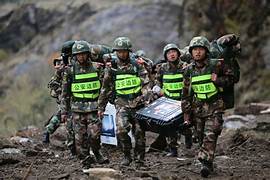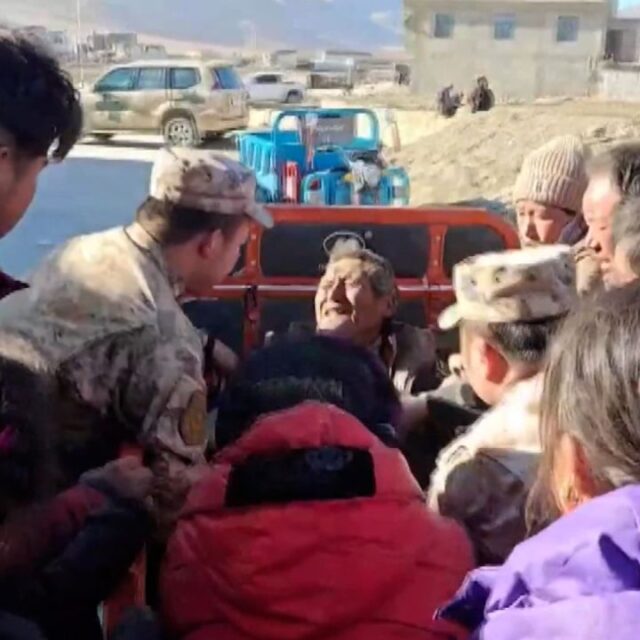Related Articles
A powerful earthquake struck a remote region of Tibet near Mount Everest on Tuesday morning, killing at least 126 people and injuring nearly 200 more. The magnitude 7.1 quake, which hit the foothills of the Himalayas at 9:00 AM local time, sent shockwaves through the region, causing widespread devastation and sparking a large-scale rescue operation.

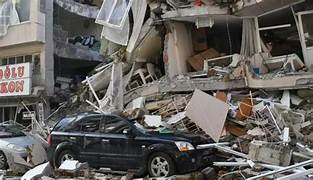
The earthquake, which occurred at a depth of 10 kilometers (6 miles), was felt not only across Tibet but also in neighboring Nepal and parts of northern India. The region, located along a major fault line, has experienced frequent seismic activity, but this tremor is one of the deadliest in China in recent years.
The epicenter of the quake was near the town of Tingri in Tibet’s Shigatse region, an area also popular with climbers preparing for Mount Everest expeditions. Thousands of homes have been damaged or completely destroyed, and more than 1,000 buildings have been reported as damaged, including many made from traditional mud brick, which collapsed easily under the quake’s force.
In the aftermath, temperatures in the area plummeted, with reports of freezing conditions expected to dip to -16°C (3.2°F) overnight, heightening the pressure on rescue efforts and the already-struggling survivors.
Videos shared by China’s state-run broadcaster CCTV showed harrowing scenes of destruction in Shigatse, where entire neighborhoods were reduced to rubble. Emergency responders were seen pulling victims from the debris, distributing blankets, and providing emergency aid to those trapped in the wreckage.
“It felt like even the bed was being lifted,” a hotel guest in Shigatse told Chinese media. “I knew immediately it was an earthquake—this isn’t the first time we’ve felt tremors here.”
Local resident Sangji Dangzhi, who owns a supermarket in the affected area, described the devastation. “Here the houses are made from dirt, so when the earthquake came… lots of houses collapsed,” he told AFP by phone. He said ambulances had been transporting the injured to nearby hospitals throughout the day.
While rescue teams from across China, including the military and air force, have mobilized to search for survivors, more than 40 aftershocks were recorded in the hours following the initial tremor, raising concerns of further seismic activity.
The Chinese government has prioritized relief efforts, with President Xi Jinping calling for “all-out efforts” to rescue survivors and provide shelter for those displaced by the disaster. Drones have been deployed to the region to assist in rescue operations, while teams have been sent to distribute emergency supplies.
In Tibet’s Shigatse region, which is home to around 800,000 people, the impact of the earthquake is deeply felt. Shigatse is also the traditional seat of the Panchen Lama, a key figure in Tibetan Buddhism, and the Dalai Lama has expressed his sorrow over the tragedy.
“I offer my prayers for those who have lost their lives and extend my wishes for a swift recovery to all who have been injured,” the Dalai Lama said in a statement from exile. The spiritual leader, who fled Tibet in 1959 following China’s annexation of the region, called on the international community to support Tibet’s recovery.
In Nepal, tremors were also strongly felt, particularly in the capital city, Kathmandu, which has experienced devastating earthquakes in the past. The 2015 earthquake that struck near the Nepal-Tibet border killed nearly 9,000 people and left over 20,000 injured. The recent tremors revived painful memories for many.
“I couldn’t move when the earthquake hit in 2015,” said Manju Neupane, a shopkeeper in Kathmandu. “Today, it wasn’t as scary. But I fear that a bigger earthquake could hit, and we’ll be trapped in these tall buildings.”
Although damage in Nepal appears to be minimal, with only “minor damages and cracks” reported, the quake has heightened fears of further instability in the region, which lies on the collision point between the Indian and Eurasian tectonic plates.
Rescue workers, aid groups, and the Chinese military are racing against time and freezing temperatures to search for survivors. The scale of the destruction and the ongoing aftershocks have left both Tibet and Nepal on high alert as they brace for what might come next.
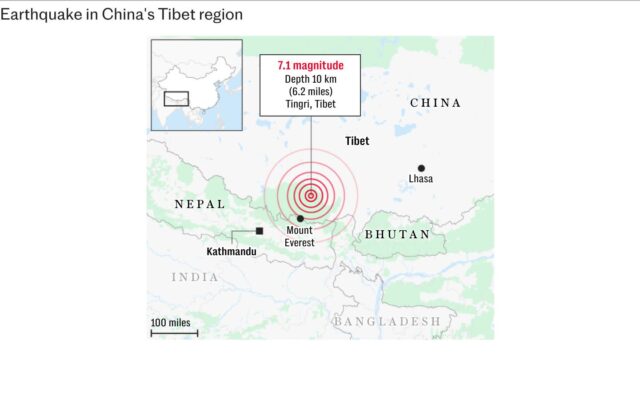
Key Points:
- Magnitude 7.1 Earthquake: A powerful earthquake struck Tibet, killing at least 126 people and injuring many more.
- Rescue Efforts Underway: Military and rescue teams are working to locate survivors as freezing temperatures add to the peril.
- Tremors Felt Across Borders: The earthquake’s impact was felt in Nepal and northern India, reviving fears of another deadly disaster.
- Impact on Tibet’s Culture: The Shigatse region, home to Tibetan Buddhism’s second-highest authority, has been severely affected.
- Ongoing Risk: More than 40 aftershocks have been recorded, with experts warning of further seismic activity.
As the search for survivors continues, the international community watches closely, hoping for a swift recovery for the region—and a future free of further seismic devastation.



